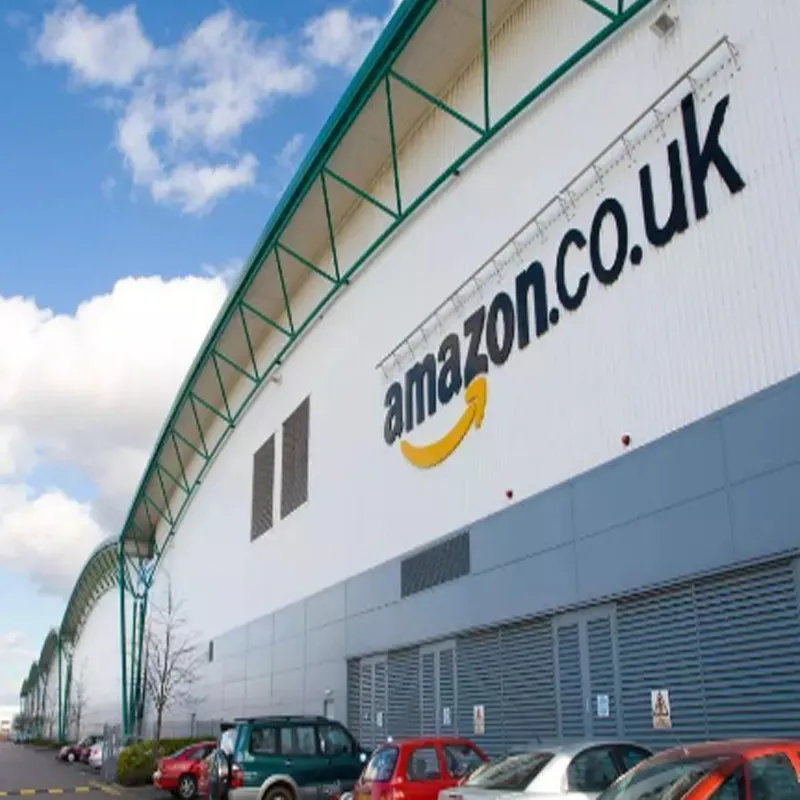Understanding Fence Post Supports A Comprehensive Guide
Fence post supports are an essential aspect of building sturdy, long-lasting fences. Whether you're constructing a wooden fence, a vinyl barrier, or a chain-link enclosure, the integrity and durability of your fence largely depend on how well the posts are supported. This article aims to explore the various types of fence post supports, their installation techniques, and considerations to ensure a successful fencing project.
Types of Fence Post Supports
1. Concrete Footings One of the most common methods for securing fence posts is by using concrete footings. Concrete provides a strong, stable base that can withstand environmental factors such as soil movement, moisture, and wind. To install concrete footings, you typically dig a post hole deeper than the frost line, which can vary by region. Fill the hole with concrete after placing the post in the center, ensuring it is level and plumb. This method is ideal for wooden and metal posts.
2. Metal Post Anchors These are particularly useful for situations where digging is impractical. Metal post anchors can be driven into the ground, providing a robust support system that elevates the post above ground level. This method prevents wood rot and provides better resistance to shifting due to weather conditions. Post anchors are available in various designs, including spike and plate styles, for different types of fencing.
3. Tampered Soil For temporary or light fencing, such as garden enclosures, tamping the soil around the post can suffice for support. This method involves placing the post in the hole and then compressing the soil around the base to stabilize it. However, it is not recommended for fences that require long-term durability, as this method is susceptible to erosion and may not hold up against strong winds.
4. Gravel Support A variation of the tamped soil method involves placing gravel in the post hole. This creates a drainage system that prevents the post from rotting while still offering some support. When installing gravel supports, it is crucial to use larger gravel stones at the bottom and smaller stones on top to provide a snug fit for the post.
Installation Guidelines
fence post supports

When installing fence post supports, it's essential to follow a few best practices to ensure longevity and stability
- Planning Before starting your project, plan your fence layout carefully. Determine the distance between posts based on the type of fencing materials you'll be using. Typical spacing ranges from 6 to 8 feet, but this may vary based on the height and type of fencing.
- Use Quality Materials Invest in high-quality posts and support materials. Pressure-treated wood, vinyl, and high-grade metals can withstand the elements better than inferior alternatives.
- Check Local Codes Always check with local regulations or homeowners' associations before beginning your fencing project. There may be specific requirements regarding fence heights, materials, and boundary lines to adhere to.
- Post Alignment Ensure that your posts are aligned both vertically and horizontally as you install them. Using a level tool helps maintain accuracy during installation.
- Allow for Settling Time After placing the posts in their respective supports, allow for settling time before attaching the fencing material. This helps ensure that everything remains in place as the concrete cures or the soil compacts.
Conclusion
In summary, fence post supports play a crucial role in the performance and longevity of any fencing project. By understanding the different types of supports, their installation methods, and adhering to best practice guidelines, you can ensure that your fence stands the test of time. Whether it’s for privacy, security, or aesthetic appeal, the right fence post support system will provide you with peace of mind and enhance your property for years to come.
















